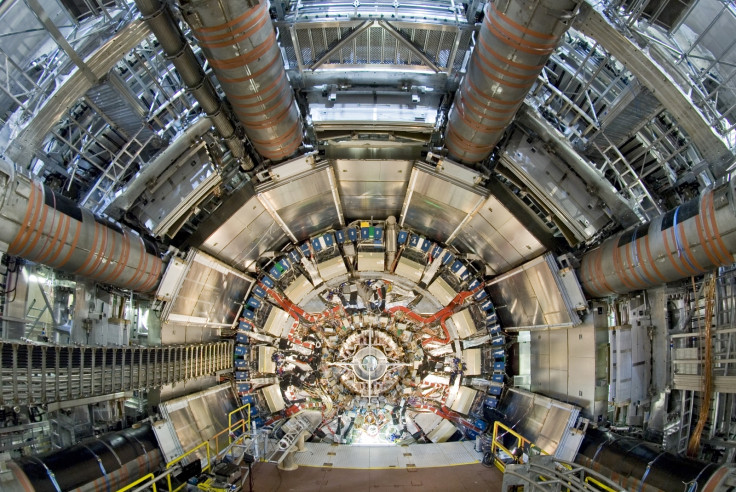Antimatter at Cern is about to go on a road trip for the first time ever
A billion particles trapped in a container that is just above absolute zero will be moved between labs.

Antimatter from a Cern (European Organization for Nuclear Research) laboratory will be taken to another lab. This is the first time that this elusive and highly volatile substance is being taken outside the Cern facility.
A receptacle containing a cloud of billions of "antiprotons" will be taken from Cern's antimatter factory to a research centre known as the Isotope mass Separator On-Line facility (ISOLDE) a few hundred metres down the road.
The receptacle will be able to safely contain the particles by using magnetic and electric fields to trap a cloud of antiprotons within a vacuum, reports Nature.
The trap will then be loaded onto a van and carried to the ISOLDE lab. "It's almost science fiction to be driving around antimatter in a truck," says Charles Horowitz, a theoretical nuclear physicist at Indiana University Bloomington. "It's a wonderful idea."
It is apparently easier to transport antimatter to the ISOLDE lab than to move radioactive atomic nuclei to Cern because they decay too quickly to be transported anywhere. Over the years, since antimatter was first harnessed at Cern, physicists have, for the first timed learned to harness the volatile substance to a degree where it can actually be used as a tool in various experiments.
"Antimatter has long been studied for itself, but now it is mastered well enough that people can start to use it as a probe for matter," says Alexandre Obertelli, a physicist who leads the project, known as PUMA (antiProton Unstable Matter Annihilation), which will take place at Cern.
This experiment of probing radioactive nuclei by bombarding it with antimatter will help scientists understand certain particles that make up the cores of neutron stars which are known to be the densest and heaviest in the universe.
The challenge that awaits the Cern antimatter factory is not just the production of antimatter, but the storage of these particles, a billion of them at once, for weeks. This has never been done before and the sheer volume of particles that need to be stored is going to require a receptacle that can hold over 100 times the number of antiprotons that have been held for any existing experiment.
Physicists are going to attempt to store a billion antiprotons in vacuum that is comparable to intergalactic space and at a temperature that is just 4 degrees above absolute zero. Building and testing such a trap will take about 4 years, notes the report and the first measurements are expected to happen in 2022.
Antimatter is the twin particle of every single form of matter in the universe – they have exactly reversed physical properties of their twins.
Antiprotons are reversed protons – positively charged particle at the centre of every atom. When they come to contact with actual protons, they destroy each other.





















